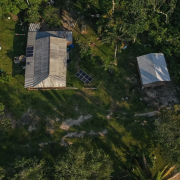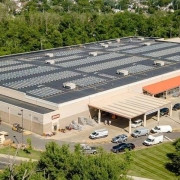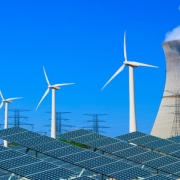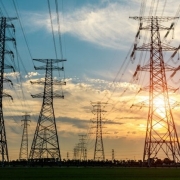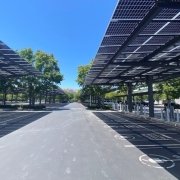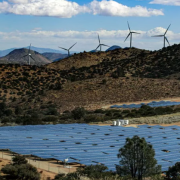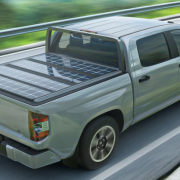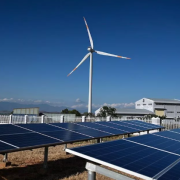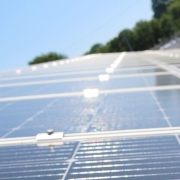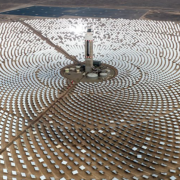Growing up, Maria de Fátima Batista often studied in the dark, using a candle or lantern for light because the riverine community where she lives in Brazil’s Amazon did not have electricity.
Today, aged 58, Batista, her family and the rest of the Terra Firme community, which sits by the banks of the Madeira River in Rondônia state, now have 24-hour electricity via solar panels and batteries, installed last year by local firm (re)energisa, the renewables arm of Brazil’s Energisa Group.
Her grandchildren don’t need a candle or lamp to study when it gets dark; she freezes foodstuffs, including the baked goods she sells, and the community now communicates in real time with local authorities.
Click here to read the full article
Source: MONGABAY
—
If you have any questions or thoughts about the topic, feel free to contact us here or leave a comment below.

